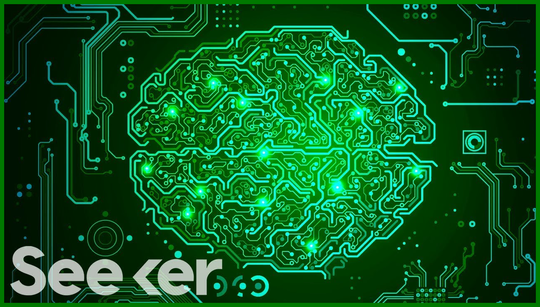Quantum and Neuromorphic Computing: The Future of Technology
Quantum computing and neuromorphic computing are two cutting-edge concepts that are generating a lot of buzz in the tech world. These technologies have the potential to revolutionize our computers and enable them to perform tasks that were once unimaginable.
While still in the early stages of development, recent breakthroughs by Microsoft and IBM in quantum computing indicate that we are on the right path. The benefits that these technologies can bring are truly game-changing.
What is Quantum Computing?
Traditional computing relies on logic and circuits to perform mathematical operations. As we continue to increase the number of transistors in our devices, there is a limit to how small they can get without compromising functionality.
Quantum computing overcomes this limitation by using qubits, which can exist in multiple states simultaneously. This allows for a higher level of parallelism, enabling quantum computers to work on multiple problems simultaneously. Although it may be challenging to grasp, there are numerous online resources available for those interested in learning more about quantum computing.
Quantum computers have the potential to break modern-day encryption, accelerate medicine discovery, and revolutionize number crunching. However, they are challenging to build and require high-power consumption while being sensitive to environmental disturbances.
Leading the charge in quantum computing are IBM and Google, although many other companies are also working on this technology.
What is Neuromorphic Computing?
Neuromorphic computing aims to mimic the human brain and is considered the most viable alternative to classical computing. The idea is to create computer chips that combine the principles of classical computer chips with the biological functions of the brain.
Neuromorphic chips, such as Intel's Loihi and Loihi 2, are designed to work similarly to the human brain, with neurons and synapses. This differs from conventional computing, which relies on binary logic and discrete circuits. The main goal of neuromorphic chips is to significantly reduce power consumption while maintaining computational capabilities.
While there is still much to learn about neuromorphic computing, the MIT Neuromorphic Computing Project offers an informative animation to get you started. Additionally, experts in the field can provide insights into the future of neuromorphic computing.
Although the software aspect of neuromorphic computing is still being developed, there are already remarkable examples of its application. IBM's TrueNorth, for instance, can model epilepsy and perform high-level operations like facial recognition.
Microsoft and IBM Breakthroughs
Recently, Microsoft's quantum computing subsidiary, Q-Wave, announced a significant milestone in quantum simulation. They achieved a new record using a 48-qubit quantum computer, bringing us closer to quantum supremacy.
IBM has also made notable strides in quantum computing, doubling the number of qubits in its quantum processor from 20 to 40. Although still far from the commercially viable 50-qubit quantum computer, this progress is a step in the right direction.















